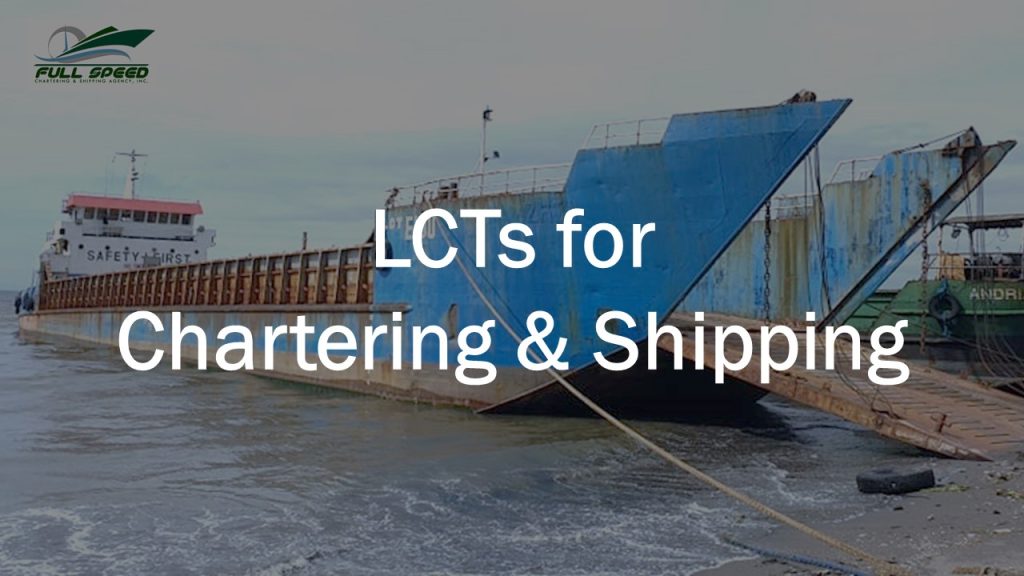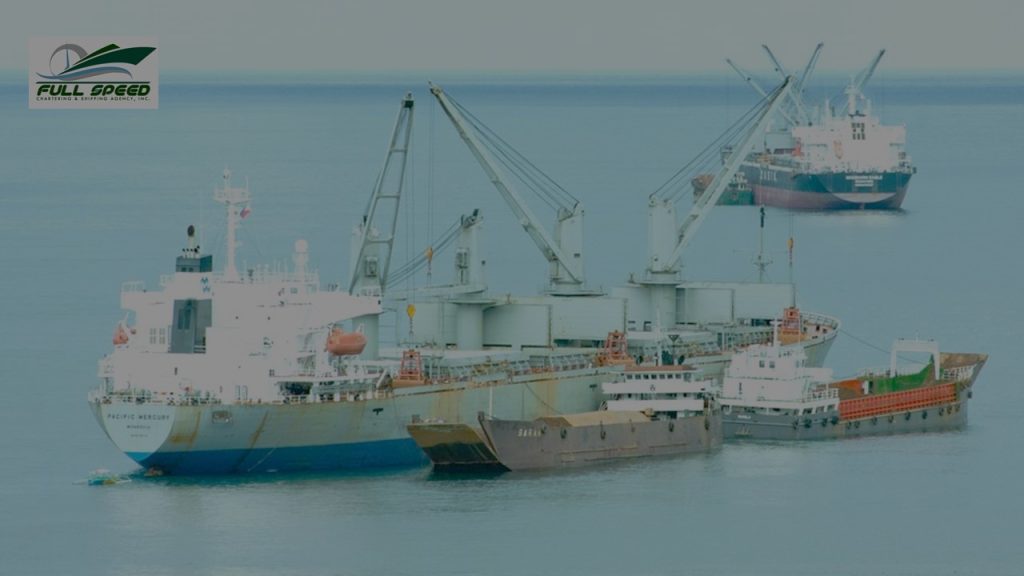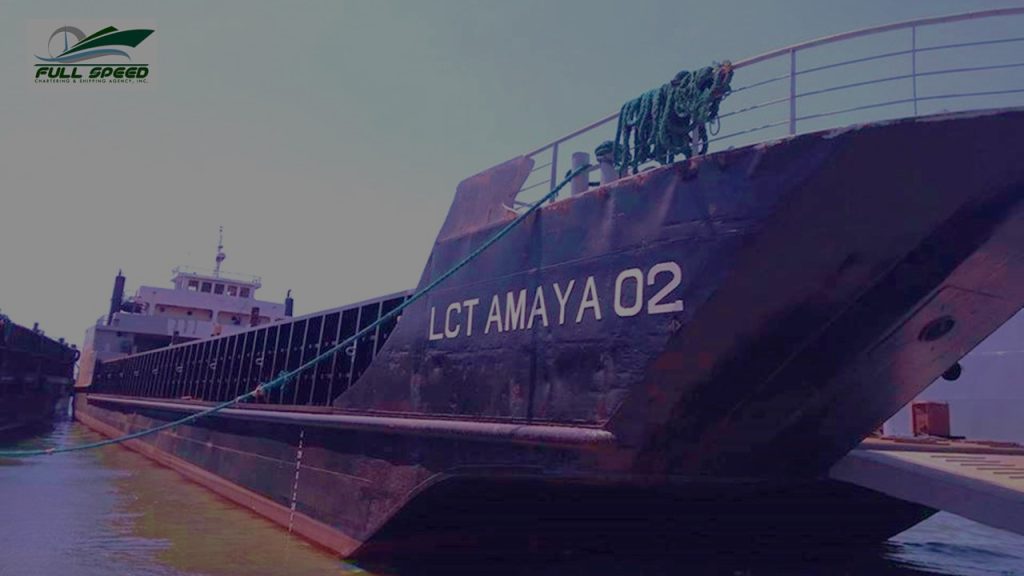Landing Craft Transports (LCTs) play a crucial role in the shipping industry, particularly in coastal countries like the Philippines. These specialized vessels are designed to transport various types of cargo, including vehicles, heavy machinery, and bulk materials, directly from shorelines to shallow waters or even onto beaches. Rental LCTs in the Philippines have become integral to maritime operations due to their versatility and ability to access remote locations with limited infrastructure.
In this article, we will delve into the world of LCTs and explore how these vessels operate within the chartering and shipping industries in the Philippines. We will examine the rental LCT’s features and functions while highlighting the LCT’s significance in facilitating trade and economic development across different regions of this Southeast Asian nation.
Click here to view our rental fleet of LCTs in the Philippines.
Overview of Rental LCTs in the Philippines’ Shipping Industry
The shipping industry in the Philippines has been thriving over the years, with an increasing demand for rental LCTs (Landing Craft Transports). These vessels play a crucial role in transporting goods and materials to different islands and coastal areas across the country. Rental LCTs in the Philippines are highly sought after by businesses engaged in construction, mining, and other industries that require efficient transportation of heavy equipment and supplies.
LCTs offer a cost-effective solution for companies that do not want to invest in purchasing their own fleet of vessels. They provide flexible options for short-term or long-term LCT rentals in the Philippines, allowing businesses to scale their operations according to their needs. Furthermore, rental LCTs come equipped with experienced crew members who are well-versed in navigating the waters of the Philippines. This ensures safe and reliable transportation of goods while adhering to strict maritime regulations.
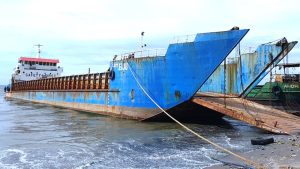
Definition and Purpose of Rental Landing Craft Transports in the Philippines
The rental of landing craft transports (LCTs) in the Philippines plays a crucial role in the maritime industry. These specialized vessels are designed to transport heavy equipment, vehicles, and personnel from one location to another, particularly in areas with limited or no port facilities. LCTs are widely used in various sectors, such as construction, oil and gas exploration, food transportation, and disaster response efforts.
The primary purpose of rental LCTs in the Philippines is to provide a reliable means of transportation for large cargoes that cannot be accommodated by conventional ships or boats. With their flat-bottomed design and shallow draft capabilities, LCTs can easily access remote areas with challenging water conditions, such as rivers, shallow coastlines, and unimproved beaches.
Rental Landing Craft Transports (LCTs) in the Philippines can provide versatile and efficient modes of transportation for various industries. LCTs are large vessels specifically designed to carry heavy cargo, including construction materials, equipment, vehicles, and even passengers. These vessels are commonly used in coastal and island areas in the Philippines, where traditional means limit access.
Advantages of Hiring Rental LCTs in the Philippines
Are you in need of a reliable and efficient mode of transportation for your heavy cargo or equipment? Look no further than Full Speed Chartering and Shipping Agency, Inc.’s rental LCTs in the Philippines. These versatile vessels are specially designed to carry various types of cargo, making them an ideal choice for businesses and industries across the country.
One of the major advantages of renting LCTs in the Philippines is their capacity to transport heavy and oversized equipment. Whether you need to transport construction machinery, oil drilling equipment, mining minerals, or even vehicles, rental LCTs can accommodate these large items without any difficulty. The spacious deck area allows easy loading and unloading, ensuring your cargo reaches its destination safely and on time.
Another advantage of renting LCTs is their ability to access remote locations that may be inaccessible by other modes of transportation. This is particularly beneficial for businesses operating in islands or coastal areas where infrastructure may be limited.
Furthermore, the advantage of hiring LCTs in the Philippines is its cost-effective solution for mining, construction, engineering, maritime, and food companies. Instead of investing in purchasing and maintaining expensive equipment or vessels, businesses can simply rent LCTs in the Philippines as needed. This helps reduce upfront costs and allows for more flexibility in budgeting.
Leasing LCTs in the Philippines also offers the advantage of scalability. Businesses can easily adjust their transportation needs based on project requirements or fluctuations in demand. Whether they need a single trip or multiple trips, renting LCTs allows for easy customization and efficient use of resources.
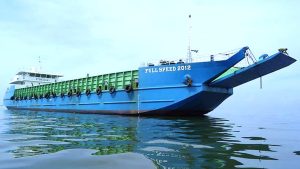
Importance of Rental LCTs in the Philippines’ Maritime Trade
The maritime trade in the Philippines plays a crucial role in the country’s economy, with imports and exports being transported through its vast network of islands. In order to facilitate this trade efficiently, rental LCTs (landing craft transports) in the Philippines have become increasingly important. These vessels provide a reliable and cost-effective means of transporting goods between islands, enabling businesses to access new markets and consumers to receive essential products.
Rental LCT companies in the Philippines, such as Full Speed Chartering and Shipping Agency, Inc., offer numerous advantages for companies involved in the maritime trade. With their ability to navigate shallow waters and access remote coastal areas, these vessels can reach locations that are inaccessible to larger ships. This is particularly advantageous in a country like the Philippines, where many ports lack deepwater terminals. By using rental LCTs in the Philippines, businesses can avoid costly transshipment processes and directly transport goods from one island to another.
Features and Characteristics of Rental LCTs in the Philippines
One notable feature of rental LCTs in the Philippines is their ability to navigate shallow waters, making them ideal for accessing hard-to-reach coastal areas where traditional ships cannot venture. These rental LCTs are often equipped with advanced navigation systems and safety features to ensure smooth sailing even in challenging conditions.
Rental LCTs in the Philippines typically have a robust hull structure that enables them to carry heavy cargo loads of up to several hundred tons.
Another feature of rental LCTs in the Philippines is their spacious deck area, which allows for easy loading and unloading of goods. This makes them particularly suitable for transporting perishable and non-perishable goods, as they provide ample space to securely store and organize equipment such as vehicles, heavy equipment, machinery, and other engineering materials needed by mining or construction companies.
Furthermore, rental LCTs in Luzon, Visayas, and Mindanao often come with additional amenities to enhance comfort during transportation. These may include air-conditioned cabins or lounges where Filipino crews can relax or shelter from inclement weather.
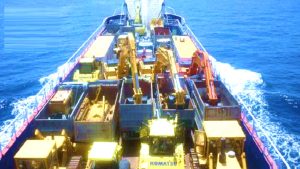
Role of Rental LCTs in the Philippines for Cargo Transportation
The role of rental Landing Craft Transports in the Philippines plays a crucial part in facilitating efficient cargo transportation. With its archipelagic geography and numerous islands, the country heavily relies on maritime transport to connect different regions. Rental LCTs provide a flexible and cost-effective solution for transporting goods, especially to remote areas that are difficult to reach by other means.
These rental LCTs in the Philippines offer various benefits for cargo transportation in various B2B industries. Firstly, they have a large capacity, allowing them to carry substantial amounts of cargo in a single trip. This efficiency reduces the number of voyages required and subsequently lowers logistical costs. Additionally, rental LCTs are equipped with ramps or doors that can be lowered directly onto beaches or shallow waters without requiring port facilities. This feature is particularly beneficial for delivering goods to areas lacking proper infrastructure.
Challenges Faced by Rental LCT Companies and Operators in the Philippines
Rental LCT (Landing Craft Tank) companies and operators in the Philippines are faced with a myriad of challenges that pose significant obstacles to their success. First, the high cost of acquiring and maintaining LCTs is a major hurdle for these businesses. The purchase price of an LCT can range from several million to tens of millions of pesos, depending on its size and condition. Moreover, the ongoing expenses associated with fuel, repairs, and crew salaries further strain the financial resources of rental LCT companies.
Second, competition within the industry is fierce, as numerous players are vying for clients in an already saturated market. With limited demand for LCT services compared to other maritime vessels like cargo ships or passenger ferries, securing enough contracts to keep operations profitable becomes increasingly challenging.
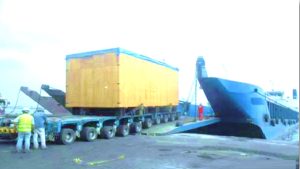
The Integral Role of LCTs in the Philippines’ Shipping Industry
LCTs, or landing craft tankers, play a vital role in the chartering and shipping industry of the Philippines. These versatile vessels serve as an indispensable mode of transportation for various goods and materials across the archipelago nation. With their ability to operate in shallow waters, LCTs have become a popular choice for businesses involved in construction, mining, and logistics.
The rental market for LCTs in the Philippines has experienced significant growth over the years. Companies often opt to lease these vessels instead of purchasing them due to their high cost and specialized nature. Rental LCTs in the Philippines offer flexibility and convenience, allowing businesses to access these essential assets without bearing the burden of ownership expenses such as maintenance, repairs, and storage.
One key advantage of renting LCTs in Metro Manila is their adaptability to different cargo requirements. LCTs are designed to transport a wide range of cargoes, including heavy equipment, construction materials, and bulk goods. This versatility makes them an ideal choice for businesses that operate in various industries and frequently have changing cargo needs.
Furthermore, rental LCTs in the Philippines provide companies with the ability to scale their operations as required. In industries such as construction and mining, where project durations may vary, having the flexibility to adjust vessel capacity based on demand can significantly improve efficiency and cost-effectiveness.
Do You Need Rental LCTs in the Philippines?
Are you in need of rental LCTs in the Philippines? Look no further than Full Speed Chartering and Shipping Agency, Inc. Our company offers cost-effective solutions for all your sea transportation needs, ensuring you have access to well-maintained vessels.
- Email us: info@fullspeedchartering.com
- Call our 24-hour hotline: +63 939 375 3224
- Viber: +63 939 375 3224
- WhatsApp: +63 939 375 3224
- Facebook Messenger: Click here
- Click here to inquire
When it comes to chartering LCTs, cost is always a factor to consider. Full Speed Chartering and Shipping Agency, Inc. understands this concern and strives to provide affordable options without compromising quality or safety. Our rental LCTs in the Philippines are not only competitively priced but also maintained to the highest standards since we own a ship repair and shipbuilding dockyard located in Tanza, Cavite, giving you peace of mind during your operations.
In addition to affordability, Full Speed Chartering and Shipping Agency, Inc. ensures that our rental LCTs in the Philipines are well maintained. Our highly trained marine engineers conduct regular inspections and maintenance checks to guarantee our fleet of LCTS is in optimal condition before every charter.
Final Thoughts: How Rental LCTs in the Philippines Benefit the Shipping Industry
In conclusion, Landing Craft Transports (LCTs) play a crucial role in the shipping industry. These vessels are essential for transporting various types of cargo, especially to remote and undeveloped areas with limited or no port facilities. Rental LCTs in the Philippines offer a cost-effective solution for businesses and government entities that require temporary transportation services. With their versatility, durability, and ability to navigate shallow waters, LCTs are an invaluable asset for industries such as construction, mining, manufacturing, and logistics. Whether it is delivering heavy equipment or transporting goods to remote islands, rental LCTs provide a reliable and efficient solution for shipping needs in the Philippines.
LCTs for rent in the Philippines have proven to be highly beneficial for the chartering and shipping industries. These versatile vessels offer a cost-effective and efficient solution for transporting goods in the archipelago’s challenging waters. By providing a flexible and adaptable transportation option, rental LCTs in the Philippines enable businesses to navigate logistical hurdles and meet customer demands effectively.
Moreover, the availability of rental LCTs allows smaller Filipino enterprises and start-ups to enter the shipping industry without having to invest heavily in purchasing their own vessels. Overall, rental landing craft transports in the Philippines play a crucial role in driving economic growth and facilitating trade. To optimize these benefits further, it is important for companies to explore the various rental options available and consider incorporating them into their supply chain strategies.

